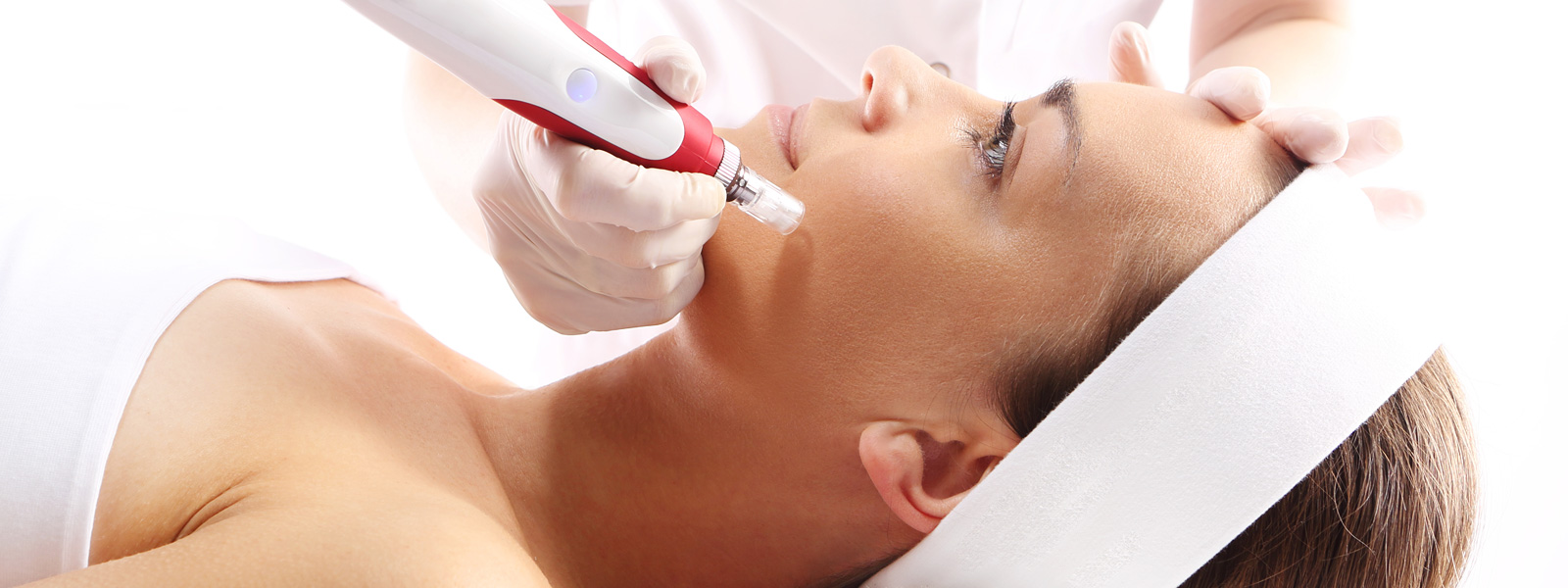icroneedling is a skincare technique with a name that pretty much sums up what it is and what it does: Tiny needles attached to a device that repeatedly punctures skin. Sounds fairly straightforward? It isn’t!
Microneedling

Questions about microneedling abound and for good reason: The claims for what it can do are pretty unbelievable. Microneedling is being touted as the solution for everything from improving acne scarring to diminishing wrinkles, helping skincare ingredients penetrate better, and even to grow hair! The laundry list of its attributes makes it easy to understand the intense interest to the question, “Does microneedling work?”
The answer is yes, to some extent. However, despite hundreds of published studies and articles about microneedling, it isn’t easy getting to the truth about what it can and can’t do. That’s because much of the information is often skewed by either poorly controlled studies or is done by people selling the devices or procedures, meaning there’s built-in motivation for favorable outcomes. Here’s the basics of what you need to know to make an educated decision about whether microneedling is for you.
What Can Microneedling Do?
Microneedling, especially when done in a medical setting, is recognized by the research for improving many different types of acne scarring. However, the before and after photographs you’re shown are always the ones that are the most impressive, you’ll rarely see pictures of the people who only had less than stellar results. Just know that not everyone will get the “best” results.
The claims touting microneedling for wrinkles, skin discolorations, and pore size have research that’s somewhat less clear. Some studies show worthwhile results but others not so much and again there is the issue of the reliability of the research because it comes from the companies promoting the device or service. However, in theory, at least when it comes to wrinkles, it should work because of the way it builds support in the lower layers of skin. The other claims should be viewed with skepticism.
When it comes to dimpled skin, even some of the companies selling or using microneedling devices make it clear they don’t work for that. This condition occurs when uneven fibrous connective tissue mix with fat, even small amounts of fat, and create areas of what’s known as “cottage cheese” skin. You simply can’t puncture that away.
Skin striations due to pregnancy or rapid weight changes can have some minor improvements from microneedling by “loosening” up the tread marks, but it doesn’t raise up the skin or replace the scar tissue with normal tissue.
Another claim about the benefits of microneedling is that it enhances penetration of skincare ingredients. Although there’s definitely research showing the benefits of microneedling for delivering very specific, active ingredients into skin, the same proof doesn’t exist for skincare ingredients.
The major issue for helping skincare ingredients absorb better into skin is what happens when skin is constantly being wounded with regular use of at-home devices which eventually cause damage.
The secondary but still important issue is that skincare ingredients like antioxidants, sunscreen actives, hyaluronic acid, ceramides, and skin-replenishing ingredients in general must stay in the top layers of skin to have benefit. Environmental free-radical damage hits skin’s surface layers first, so if there’s nothing there to help these troublemakers simply keep going, stopping them sooner is better for skin. Some ingredients, such as retinol, could benefit from deeper absorption, but that’s not always a good thing because when skin is compromised that direct absorption can cause a sensitizing reaction. An enhanced slow-release delivery system in the retinol products you buy is so much better for skin.
Contact Info
destinymedspa@gmail.com
Financing

Location 1
5636 NW 167 ST, Miami FL 33014
Monday – Saturday: 10:00AM – 7:00PM
Location 2
7480 Fairway Drive, Suite 101, Miami Lakes 33014
Monday – Saturday: 10:00AM – 7:00PM
Quick Links
Licenses
Massage Establisment License MM35811
Tattoo establishment license Permit 13-44-1767856
Tattoo artist license permit 13-44-1767868


